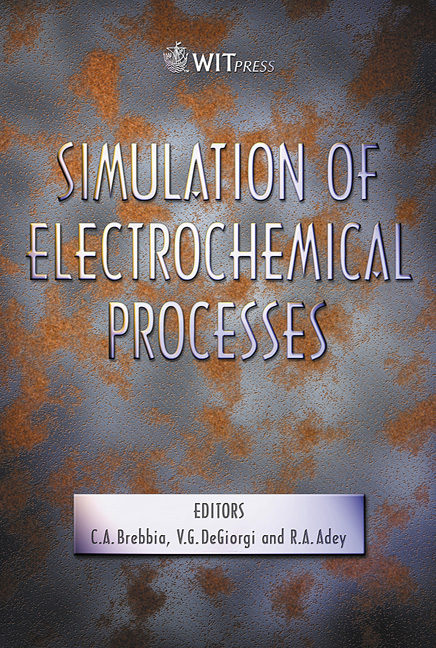Optimum Design Of Cathodic Protection Using The Boundary Element Method
Price
Free (open access)
Transaction
Volume
48
Pages
12
Published
2005
Size
515 kb
Paper DOI
10.2495/ECOR050031
Copyright
WIT Press
Author(s)
K. Amaya1 & S. Aoki2
Abstract
Optimization of cathodic protection systems for a pipeline and a ship was performed by using the boundary element method (BEM). For a pipeline, the location and impressed current of electrodes in a cathodic protection system were optimized by minimizing the electric power necessary to keep the potential on the metal surface below a critical value. The non-uniformity of soil conductivity and the resistance of a long pipeline were taken into account. For a ship, an inverse problem to estimate the potential distribution on the whole surface of the hull from the electric potential data measured with several sensors was solved at first. Then, the optimum current to be impressed to each electrode located on the hull was determined by using the results of the inverse analysis. 1 Introduction Protecting structures, such as a pipeline and a ship, from corrosion is one of the most important problems in engineering [1]. To prevent corrosion of a pipeline, its outer surface is painted and also cathodic protection is performed by impressing current into surrounding soil from a finite number of electrodes. It is necessary to optimize the location and current to be impressed to each electrode. Application of the boundary element method to the optimization has been studied intensively [2]-[6]. Special consideration is necessary for a pipeline. because it is so long that the non-uniformity of the electric conductivity of soil must be taken into account, and also the electric resistance of the pipeline can not be neglected [7, 8]. The cathodic protection is performed also for a ship by impressing current into surrounding sea from several electrodes on its hull. Some sensors for monitoring
Keywords





